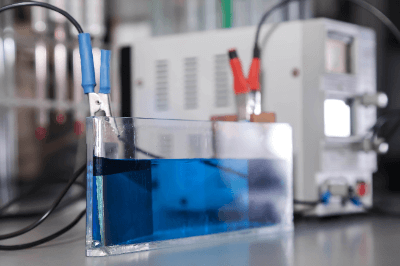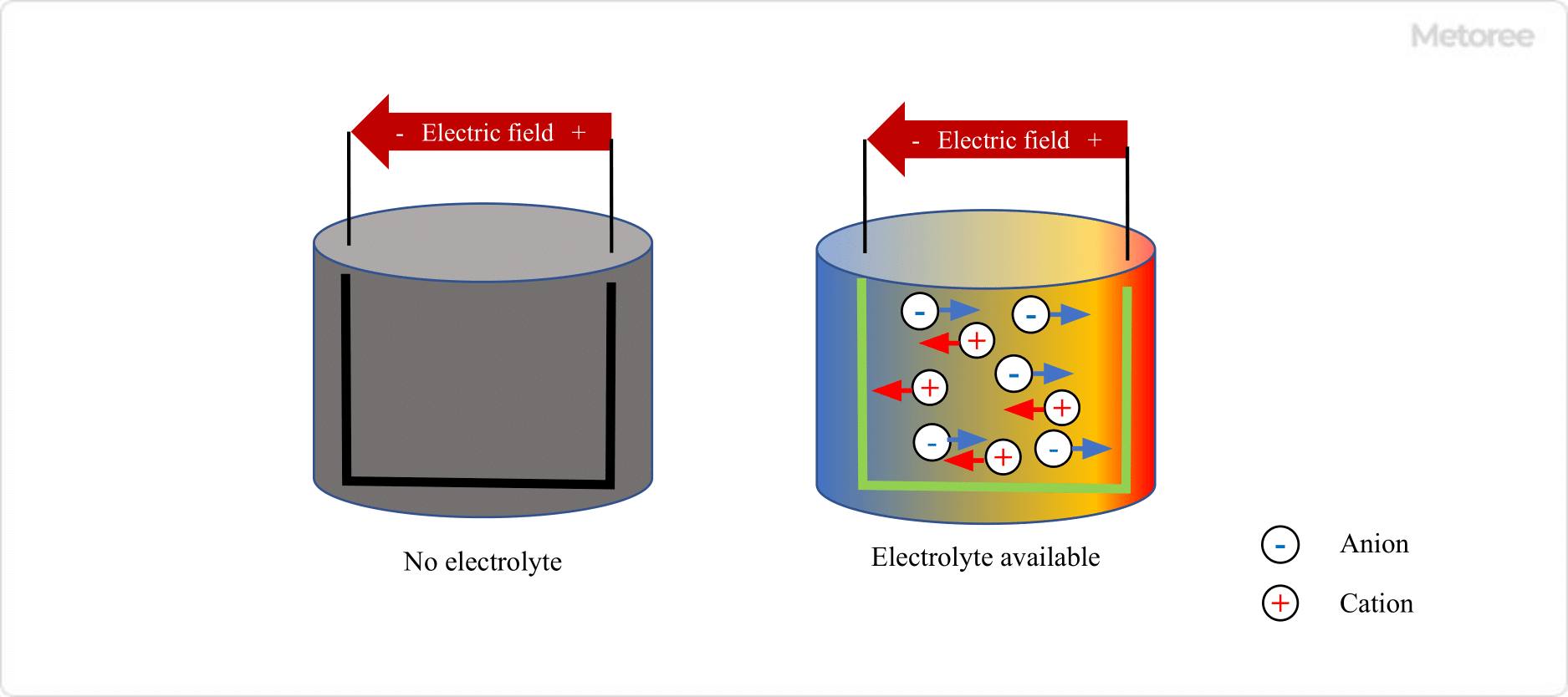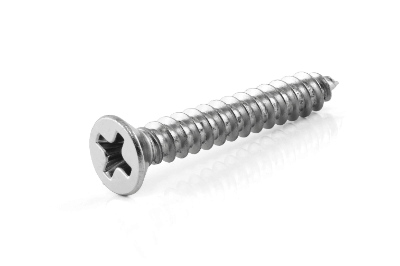¿Qué es un Motor de Escobilla?
Un motor de escobillas, también conocido como motor de corriente continua con escobillas, es un tipo de motor que utiliza contactos deslizantes llamados escobillas para llevar la corriente al eje giratorio.
Las escobillas también se utilizan en motores de corriente alterna con bobinado de alambre, pero el término motor de escobillas suele referirse a los motores de corriente continua con escobillas.
Se caracterizan por su construcción sencilla y barata y su fácil control del par. Sin embargo, las escobillas se desgastan con la rotación y requieren un mantenimiento regular. La desventaja es que generan ruido cuando se accionan.
Aplicaciones de los Motores de Escobilla
Los motores de escobillas se utilizan en una amplia gama de aplicaciones, desde productos de consumo hasta aplicaciones industriales. Algunos ejemplos típicos son:
- Pequeños ventiladores de oficina y ventiladores de refrigeración de PC
- Equipos industriales como extractores de calderas
- Motores para trenes de cercanías
- Motores de elevación de ascensores
Debido a su bajo coste entre los motores de corriente continua, se utilizan en ventiladores de refrigeración de equipos de oficina de corriente continua. También se han utilizado durante mucho tiempo en equipos móviles como trenes y ascensores debido a su fácil control del par y la velocidad de rotación.
En los últimos años, el control por inversor se ha convertido en la corriente dominante para el control del par en equipos móviles, ya que no requiere escobillas y es fácil de mantener. Los motores sin escobillas también son cada vez más populares.
Principio de los Motores de Escobilla
Los motores de escobillas están compuestos por tres componentes principales: el rotor, el estator y el conmutador. El estator puede estar formado por una bobina o por un imán permanente.
El estator genera un campo magnético constante, mientras que la corriente que fluye a través de la bobina, que está enrollada alrededor del rotor, interactúa con el campo magnético del estator, creando una fuerza electromagnética que hace girar el motor.
Es crucial que las escobillas estén en contacto con el conmutador y que la corriente de la bobina se dirija en una sola dirección para un funcionamiento correcto del motor.
El par y la velocidad del motor de escobillas pueden ser controlados ajustando la magnitud de la corriente que circula a través de la bobina.
Más Información sobre los Motores de Escobilla
1. Vida útil de los Motores de Escobilla
La vida útil de las escobillas de los motores de escobillas suele ser de varios cientos a varios miles de horas. Por otra parte, la vida útil del motor de escobillas viene determinada por la vida útil de los cojinetes y suele ser de decenas de miles a cientos de miles de horas.
Los motores de escobillas giran alternando las fuerzas de repulsión y atracción entre el estator y el rotor. Para que el rotor gire, la polaridad de la fuerza magnética debe conmutarse en función del ángulo de giro, de lo que se encarga el conmutador.
El motor puede accionarse simplemente aplicando una tensión continua, lo que lo hace sencillo de accionar y fácil de usar, pero las escobillas son contactos mecánicos que se desgastan debido a la rotación, por lo que si las escobillas no pueden sustituirse, la vida útil del motor es la vida útil de las escobillas.
2. Diferencia con los Motores sin Escobilla
Los motores de escobillas también se denominan motores de corriente continua porque pueden funcionar fácilmente con una fuente de alimentación de corriente continua. En cambio, los motores sin escobillas también se denominan motores síncronos de imanes permanentes. Los motores de escobillas son más fáciles de accionar y menos costosos que los motores sin escobillas, por lo que pueden utilizarse en una amplia gama de aplicaciones.
Los motores de escobillas se utilizan en muchas aplicaciones, pero su corta vida útil debido al desgaste de las escobillas es una desventaja. La sustitución de las escobillas es necesaria para un uso a largo plazo. Los motores de escobillas pueden controlarse mediante control de tensión continua, así como mediante impulsos PWM.
Los motores sin escobillas, en cambio, eliminan el conmutador y las escobillas y utilizan imanes permanentes en el rotor. La ausencia de escobillas se traduce en una mayor vida útil, y la vida útil de un motor sin escobillas es la vida útil de los rodamientos.
Los accionamientos de motores sin escobillas pueden clasificarse como “accionamientos de onda cuadrada” (es decir, accionados por una tensión de onda cuadrada) o “accionamientos de onda sinusoidal” (es decir, accionados por una tensión de onda sinusoidal). El accionamiento de onda cuadrada tiene un circuito de accionamiento relativamente sencillo y, por otro lado, genera ruido y vibraciones durante la rotación. En cambio, el accionamiento por onda sinusoidal tiene un circuito de accionamiento más complejo, pero se caracteriza por generar menos ruido y vibraciones durante la rotación.
 Electrolytes are liquids that contain dissolved electrolytes which allow electrical current to flow.
Electrolytes are liquids that contain dissolved electrolytes which allow electrical current to flow.
